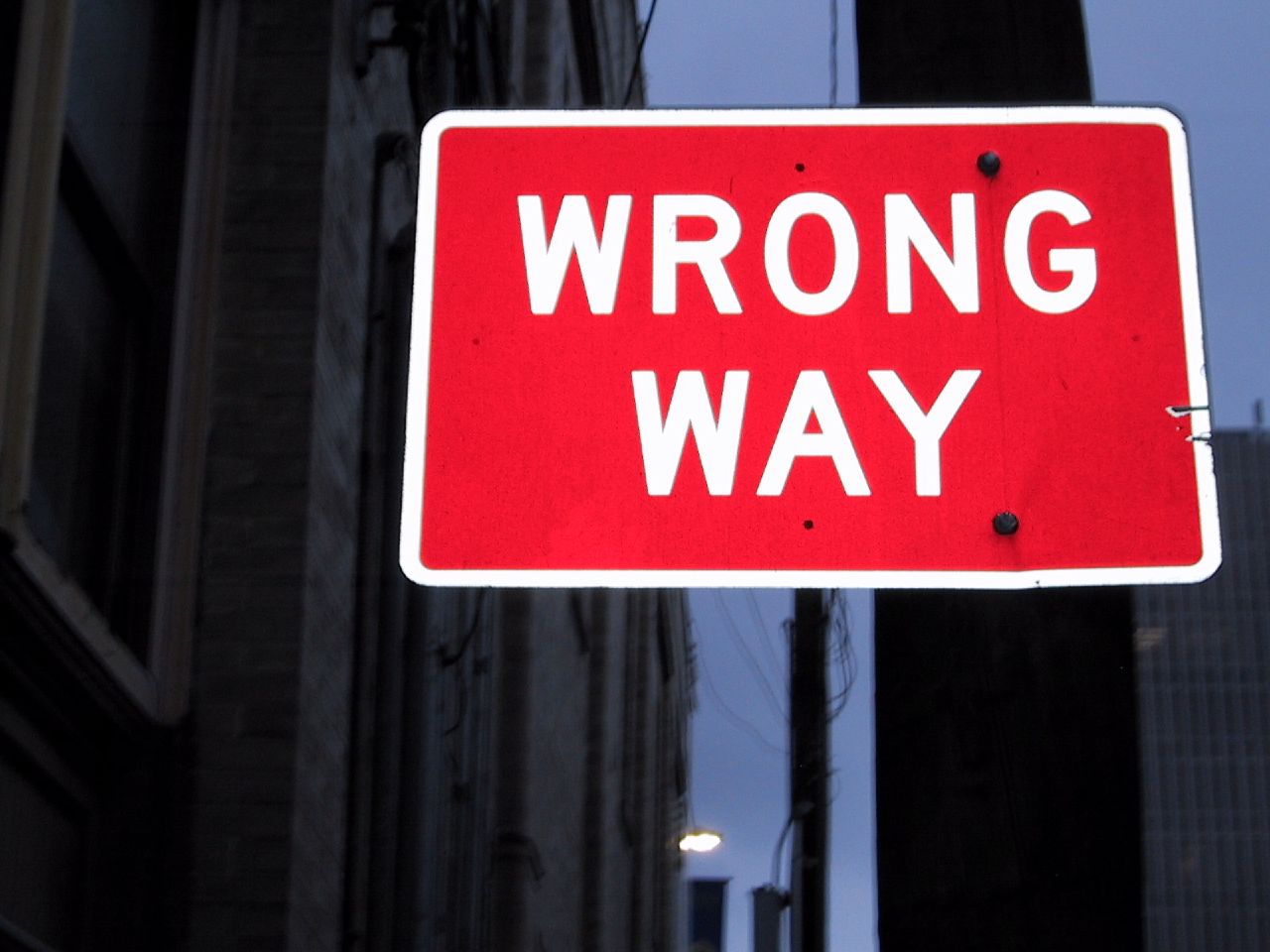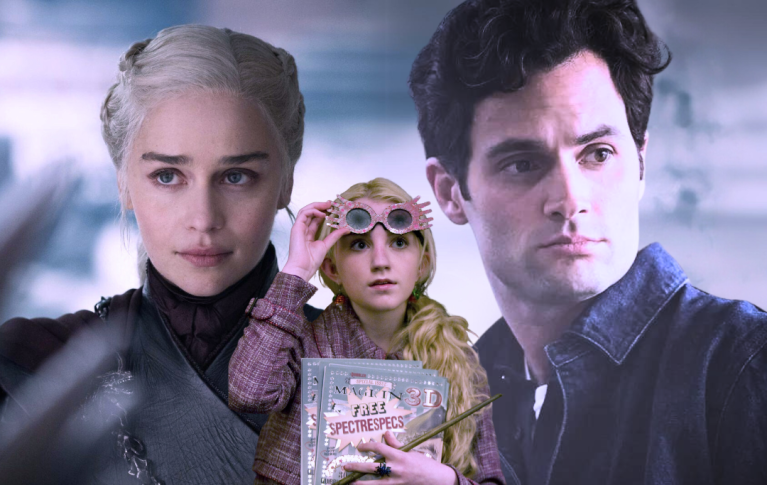
What Each Myers-Briggs Type Does In A Rut (The Rise Of The Inferior Function)
When they first sense a problem developing, the INFP will withdraw and attempt to sort through their feelings about the situation.
By ![]() Heidi Priebe
Heidi Priebe
ENTJ
Cognitive Functions: Extroverted Thinking – Introverted Intuition – Extroverted Sensing – Introverted Feeling
How the rut develops: When they first sense a problem developing, the ENTJ will turn to their extroverted thinking for guidance. They will seek out a tangible solution that facilitates order in their external environment and they will immediately attempt to implement it. If this does not work for them, the ENTJ will place a heavier focus on their introverted intuition. They will withdraw from others and examine various possible courses of action in an attempt to determine the most efficient solution. If they are unable to come up with an effective solution at this phase, the ENTJ will turn to their extroverted sensing. Aware that they are under stress, the ENTJ may hone in on the specific details relevant to the situation and attempt to find some ‘clue’ in their external environment that they might have missed. If they are still unable to resolve the unfavourable situation at this point, the ENTJ is at risk of falling prey to their inferior function.
What the rut looks like: An ENTJ in a rut will revert to their introverted feeling. This highly logical and thoroughly analytical type will suddenly become indecisive and defensive in the face of important decisions. They may become caught up in analyzing right from wrong and mulling over what ought to be done, while failing to act on their conclusions. This type is likely to feel deeply misunderstood while in a rut and may lash out at others when questioned – implying that nobody else could possibly understand what they are thinking. They will not want to let on that they are being affected on an emotional level and will likely withdraw from others while in the grip of introverted feeling.
How to get out of it: To break out of a rut, the ENTJ must reconnect with their extroverted thinking. This type thrives on productivity and efficiency, which are two factors that fail them when they regress into an unhealthy state. To break out of their negative spiral, the ENTJ has to reconnect with the vision they have for the future and find tangible ways of working toward it. The ENTJ needs to competent in their ability to lead others and achieve goals – once they regain their sense of self-efficacy, they will begin to feel like themselves again.
What their return to health will look like: As their mindset improves, the ENTJ will begin implementing tangible plans for the future and imposing order on their external environment. They may begin a new project or find a new job that allows them to pursue their visions of the future as effectively as possible. They will move naturally back into positions of leadership and will once again feel confident in their ability to guide others toward the best possible outcome.
ENTP
Cognitive Functions: Extroverted Intuition – Introverted Thinking – Extroverted Feeling – Introverted Sensing
How the rut develops: When they first sense a problem developing, the ENTP will rely predominantly on their extroverted intuition. Their first instinct will be to generate as many ideas as possible that will either solve the problem they’re facing or adequately distract them from it. They are likely to attempt many different solutions during this phase, or take on multiple new projects. If they are unable to use their extroverted intuition to work through their struggle, the ENTP will then turn to their introverted thinking. They will begin spending more time alone as they attempt to break down the problem by examining each part of it objectively and attempting to pinpoint any inconsistencies. If they are unable to make sense of it at this stage, the ENTP will turn to their extroverted feeling. At this point they will be aware of the fact that they’re under stress and may turn to those around them to get a feel for what their take on the situation is. At this point, the ENTP may take the opinions of others into account far more than usual as a last-ditch attempt to resolve the situation. If they are unable to do so, the ENTP runs the risk of falling prey to their inferior function.
What the rut looks like: An ENTP in a rut will revert to using introverted sensing. This normally dynamic type will become cautious and practical, defaulting to the safest choice in every situation and requiring more validation than usual from those around them. Deviating from their norm of seeing multiple sides to every issue, the ENTP will stick closely with what they know for sure and will seem to lose their deviant edge. They may perceive an overwhelming amount of negative possibilities for the future and be scared away from pursuing new ideas as a result.
How to get out of it: To pull themselves out of a rut, the ENTP will need to re-engage their extroverted intuition. This type thrives on stimulating their inventive side – they will benefit immensely from brainstorming and debating new ideas with a fellow intuitive-dominant type. Taking on new projects and developing new goals will be crucial for the ENTP’s return to health – they need to feel capable of creating new prospects for themselves and remembering that they are not stuck where they are indefinitely.
What their return to health will look like: As their mindset improves, the ENTP will veer away from traditional methods of accomplishing their goals and will return to brainstorming unconventional methods of getting things done. They will react best to people who offer them an intellectual challenge and will gain energy through debating and entertaining new ideas that they are presented with. As they emerge from their rut, the ENTP will slowly return to the dynamic, high-energy character they have always been.
INTP
Cognitive Functions: Introverted Thinking – Extroverted Intuition – Introverted Sensing – Extroverted Feeling
How the rut develops: When they first sense that a problem is developing, the INTP will attempt to examine all sides of the situation in order to understand it as thoroughly as possible. They will search for any logical inconsistencies in the factors surrounding the problem and attempt to make an objective decision that resolves the issue. If they are unable to do so, the INTP will place a heavier focus on their extroverted intuition. They will brainstorm multiple solutions and possibly try a few out to see if they are able to catapult themselves out of the developing rut. If this fails, the INTP will revert to their introverted sensing. At this point they will be aware that they are under stress and will revert to tried-and-true methods of getting things done. They may attempt to solve the problem by using a solution they’ve used in the past and making everything go ‘back to normal.’ If they cannot resolve their situation at this phase, the INTP is at risk of falling prey to their inferior function.
What the rut looks like: An INTP in a rut will revert to their inferior extroverted feeling. This highly logical type will become emotional about their inability to find a logical solution and may lash out at others in an attempt to cover up the fact that they don’t know the answer. They may be harsh and judgmental toward those who try to help them, as they are insecure about their need for guidance. They may jump quickly and defensively to solutions that they have not thoroughly analyzed, simply because they don’t want to admit that they’re unsure of what to do next.
How to get out of it: To pull themselves out of a rut, the INTP needs to re-engage their introverted thinking. If their method of logical analysis has let them down in the past, they may need to work through its inconsistencies and develop an improved system for analyzing information that they can rely on in the future. They can do this through engaging their extroverted intuition and examining the situation through a new lens – they will likely then need a great deal of alone time to decide whether or not their new method of reasoning proves itself to be valid.
What their return to health will look like: As the INTP returns to health, they will require a great deal of alone time to process their thoughts and examine new methods of reasoning. They may turn their focus to independent reading or researching while they pull themselves back into a headspace they’re comfortable with. The INTP will cease to become argumentative and defensive as they regain their confidence in their reasoning abilities.
INTJ
Cognitive Functions: Introverted Intuition – Extroverted Thinking – Introverted Feeling – Extroverted Sensing
How the rut develops: When they sense a problem is developing, the INTJ will isolate him or herself in an attempt to identify the best possible solution. They will examine all possible courses of action to determine which one will provide the most effective outcome. If this method fails them, the INTJ may place a heavier emphasis on their extroverted thinking. They will attempt to control any external factors that are causing the negative spiral and will take whatever action is necessary. If their attempts at resolving the issue continue to fail, the INTJ will turn to their introverted feeling. By this point they will be aware that they are under stress and may become defensive about their inability to resolve the situation. They will shut off input from others and affirm to themselves that they are capable of solving the problem if they simply apply themselves more effectively. They may call on their personal ideals to help them brainstorm an increasingly abstract solution to the problem. If at this stage the INTJ is incapable of resolving the issue, they are at risk of falling prey to their inferior function.
What the rut looks like: An INTJ in a rut will revert to their inferior function, extroverted sensing. They may lose the ability to see the big picture and develop an obsessive focus on whichever facts are most readily apparent to them. This type feels lost without a long-term focus and may procrastinate getting started on anything of value as they stay fixated on what is directly in front of them. In a prolonged rut, the INTJ may turn to sensory distractions and over-indulge in eating, drinking or sex to distract themselves from their lack of a long-term vision.
How to get out of it: To pull themselves out of a rut, the INTJ will need to reconnect with their introverted intuition. Their tertiary introverted feeling function may help them to connect with their ideals and develop a vision for their future that they can work toward in concrete ways. In this stage, the INTJ may also benefit from brainstorming with other intuitive dominant personalities to help them synthesize ideas and set meaningful goals for the future.
What their return to health will look like: As the INTJ returns to health, they will shift their focus away from petty details and regain their big-picture mindset. They will develop an increased concentration on goals and long-term projects, which will bring them steadily closer to what they want out of the future. A healthy INTJ is an INTJ who can synthesize and carry out long-term projects – in as efficient a manner as possible. ![]()











